Shūhei Hisagi is one of the most popular characters of the BLEACH series among fans. His design, which features various elements that raise his overall cool factor is one of the biggest reasons for his appeal, not to mention his deep connection to both of the Captains under whom he has served, which gives Hisagi a much softer, more cautious personality than his edgy appearance may let on. He famously dislikes the sickle-shape of his Zanpakutо̄, Kazeshini, which he says is shaped like something designed to take lives, and most likely has the most sober perspective of his role as a Shinigami due to traumatic experiences in childhood, at the Academy and through the influence of his Captains.
As the main character of Ryohgo Narita’s Can’t Fear Your Own World novels, Hisagi must unravel a dark conspiracy months after the “Protection of the Soul King Great War”, and this new conflict allows him to reveal his Bankai, which is one of the most powerful ever shown.
He who fears not the blade he wields has no right to wield that blade.
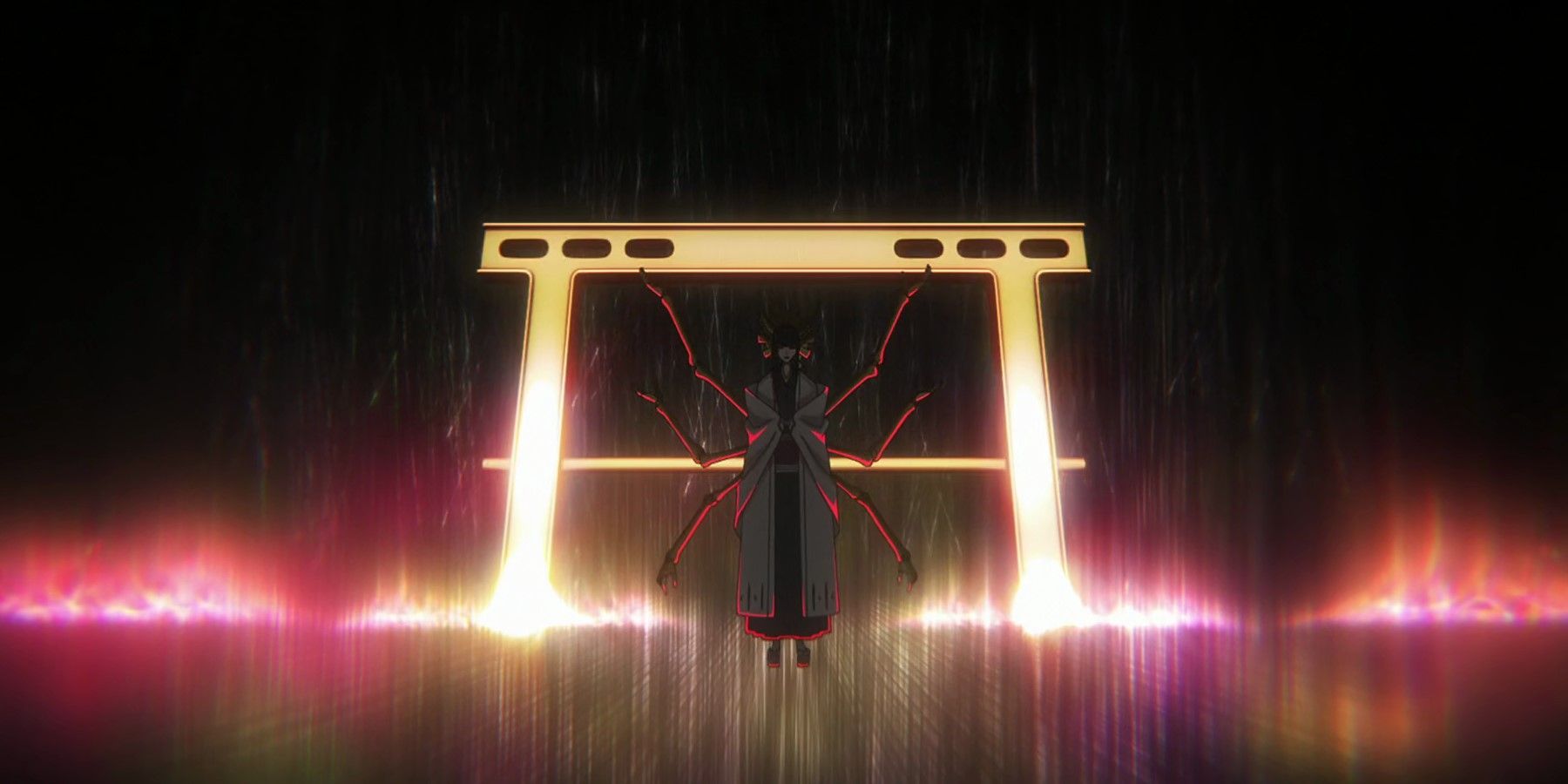
RELATED
BLEACH: Thousand-Year Blood War — Shutara Senjumaru’s Bankai, Explained
The Royal Guard pull out all the stops as Shutara Senjumara unleashes her Bankai. How does it work?
Hisagi’s Zanpakutо
Kazeshini Seems At Odds With Its Wielder’s Personality
Hisagi has an interesting relationship with his Zanpakutо̄, Kazeshini (“Death Wind”). The weapon’s design is based on the Japanese kusarigama (literally chain-sickle), a weapon formed from connecting a pair of Japanese kama on a chain with a heavy weight at the end called a fundo. The Shikai activation phrase for Kazeshini is “Reap”, revealing sickles with dual scythe blades, one of which is inverted. Hisagi fights by swinging the scythes in large circles, which grants him a lot of range and options in combat.
He is very skilled at wielding them, capable of attacking with the blades themselves or the chain, which also allows him to disarm his opponents. While Kazeshini is intuitively an example of a dual/twin Zanpakutо̄, both scythes and the chain connecting them are actually regarded as a single weapon. In the anime-only Zanpakutо̄ rebellion arc, Kazeshini’s manifestation was that of a lanky, well-toned shadowy figure with long hair, a form reminiscent of the drawing of an eerie reaper-like figure included in BLEACH volume 38, after chapter 325 when Hisagi first releases his Zanpakutо̄.
Hisagi is an adept fighter, but he is extremely cautious and constantly aware of the stakes of engaging in combat. His former Captain, Kaname Tо̄sen, taught him that his fear of battle and death is a valid and normal response to having to lay one’s life on the line, and that only those who experience it have the right to stand in battle. The shape of his Zanpakutо̄ seems strange for someone who is so scared to take lives and face death in battle; someone who has multiple traumatic experiences with Hollow attacks and close brushes with death, but Hisagi’s Bankai, which is only ever revealed in the Can’t Fear Your Own World novels set a few months after the events of the Thousand-Year Blood War arc. While we never see Hisagi’s Bankai in the anime or the manga, we do catch a glimpse of the training he has been doing under his role model, 9th Squad Captain Kensei Muguruma, with the help of his fellow Lieutenant Mashiro Kuna.
The Real Power of Kazeshini
The Immortality Bankai
Throughout the Can’t Fear Your Own World novels, Hisagi grapples with what it means to be a Shinigami, and having to go up against foes who far outclass him, while dealing with his fear, a central tenet to his character. As he masters his wielding of Kazeshini, it gains greater power, with a special ability that embodies the role of the Shinigami as those who preside over and protect the cycle of life and death. In its Shikai state, Kazeshini’s blades represent death, while the chain is life, which is why Captain-Commander Shunsui Kyōraku judged that the most important aspect of the Zanpakutō lies in the chain that connects the blades. The chain can restore any wounds that Hisagi sustains, regardless of their severity, as long as Hisagi has sufficient reiatsu.
Every time I draw my blade, every time I face the enemy – on the inside, I’m always taking a half-step back!
It was his Zanpakutō that enabled him to survive the various life-or-death situations he found himself in as a Shinigami, and gave him his characteristic resilience. His Bankai, Fushi no Kōjō, creates an orb of chains connected to him by a chain wrapped around his neck. It extends this life-saving ability to any enemy of Hisagi’s choosing, connecting himself and the enemy with noose-like chains that instantly heal any injuries sustained by both fighters at the cost of their combined reiatsu. While it sounds like an incredible Bankai, it has multiple weaknesses. Fushi no Kōjō cannot heal wounds sustained prior to its activation, and while it heals injuries, it does nothing for pain reduction. The Bankai can also only keep combatants alive for as long as they have reiatsu, which it uses to heal the injuries. This effect essentially equalizes the battlefield, enabling Hisagi to fight against extremely powerful enemies like Hikone Ubuginu.
The Thematic Significance of the Bankai
One of the Best Aspects of CFYOW
Fushi no Kōjō (also romanized as “Fushi no Kojyo”), written 風死絞縄, is translated to “Death Wind: Hangman’s Noose”, and interestingly, the “fushi” part might be a play on “fushi”, written 不死, with a character that denotes negation followed by “death”, a word used to describe immortality, or more literally, that which is “without death”. The chains of Fushi no Kōjō cannot be destroyed permanently, and the reishi around the Bankai is said to stagnate; an element that replicates the conditions of the universe millions of years prior to the events of BLEACH, which is immensely significant in a battle against Hikone, a Soul King candidate. The Bankai is not meant to give Hisagi the upper hand in combat, and is thematically connected to his understanding of Tōsen’s beliefs concerning fear, and his frightening experience of the former Captain’s Enma Kōrogi Bankai in which he lasted only 30 minutes before collapsing in terror.
|
List of Non-Captain Gotei 13 Seated Officers Who Have Achieved Bankai |
||
|
Name |
Position | Squad |
Bankai Name |
|
Shuhei Hisagi |
Co-Lieutenant | 9th |
Fushi no Kōjō |
|
Ikkaku Madarame |
3rd Seat | 11th |
Ryūmon Hōzukimaru |
|
Renji Abarai |
Lieutenant | 6th |
Sō’ō Zabimaru |
|
Rukia Kuchiki |
Lieutenant | 13th |
Hakka no Togame |
|
Chōjirō Sasakibe |
Lieutenant | 1st |
Kōkō Gonryō Rikyū |
Hisagi’s Bankai is similar to Tōsen’s in that it creates a domain in which it enacts specific rules; however, Tōsen’s conceptually represents the terror stemming from ignorance (in Buddhism, this is referred to as Avidya – spiritual ignorance; illusion; to not see/know, hence the darkness and stripping away of the senses), which comes from Tōsen’s sense of justice. Hisagi’s Bankai and its depiction of the chains around his neck represent self-sacrifice, and while it is active, the individuals under its effects are in a dimension where there is neither progression or regression; a condition he takes advantage of to teach Hikone Ubuginu the error of their ways. The novel’s events give rise to the conditions that enable Hisagi to finally truly connect with his Zanpakutō, complete the construction of his own sense of justice and finally learn to wield his fear, confronting his inner world.
More reading: scheneizel on r/BLEACH
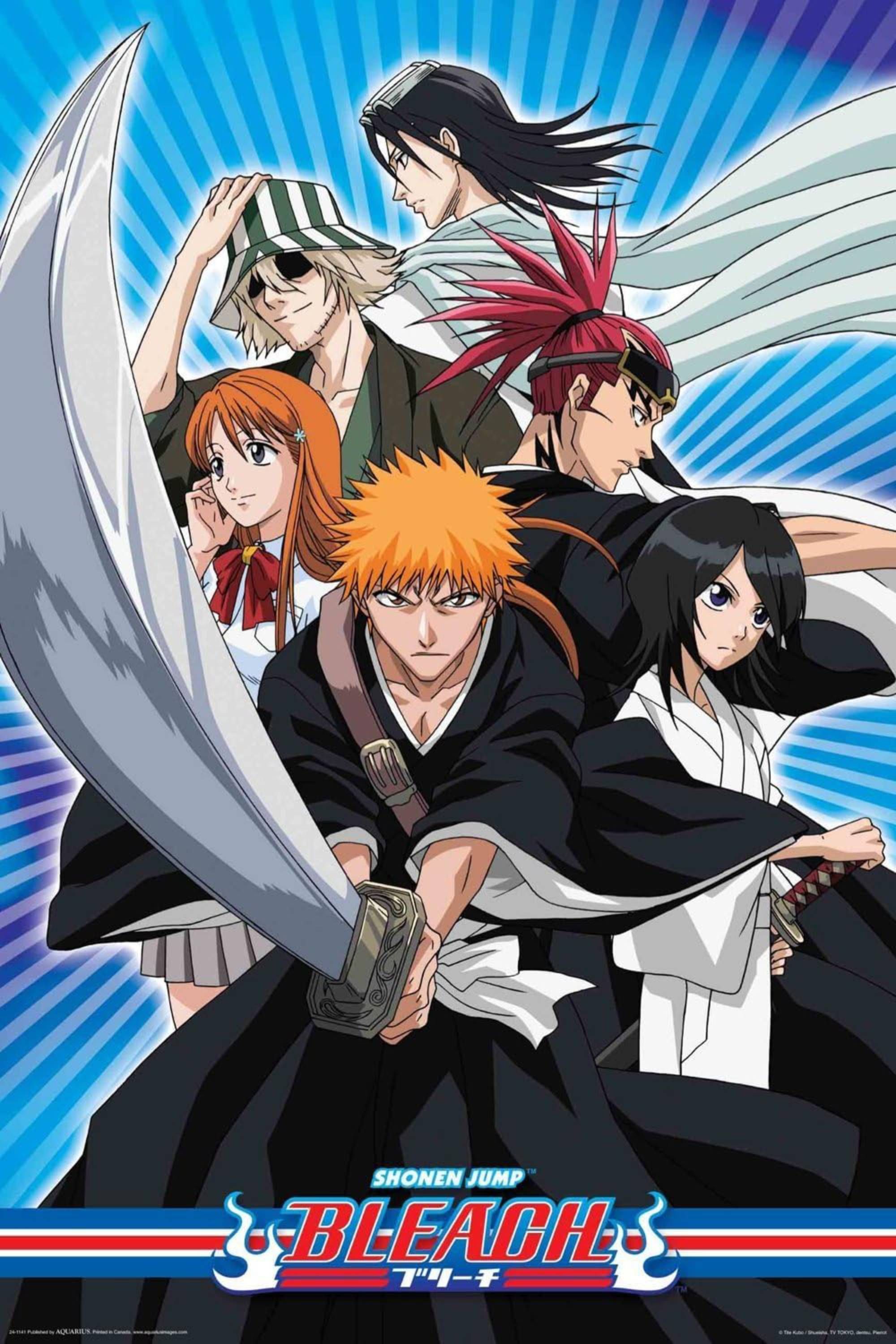
Based on Tite Kubo’s battle shonen manga, Bleach centers around Ichigo, a high school student who is dragged into the world of Soul Reapers. The original anime ended in 2012, but it was revived in 2022.

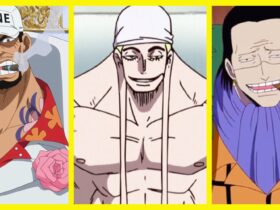
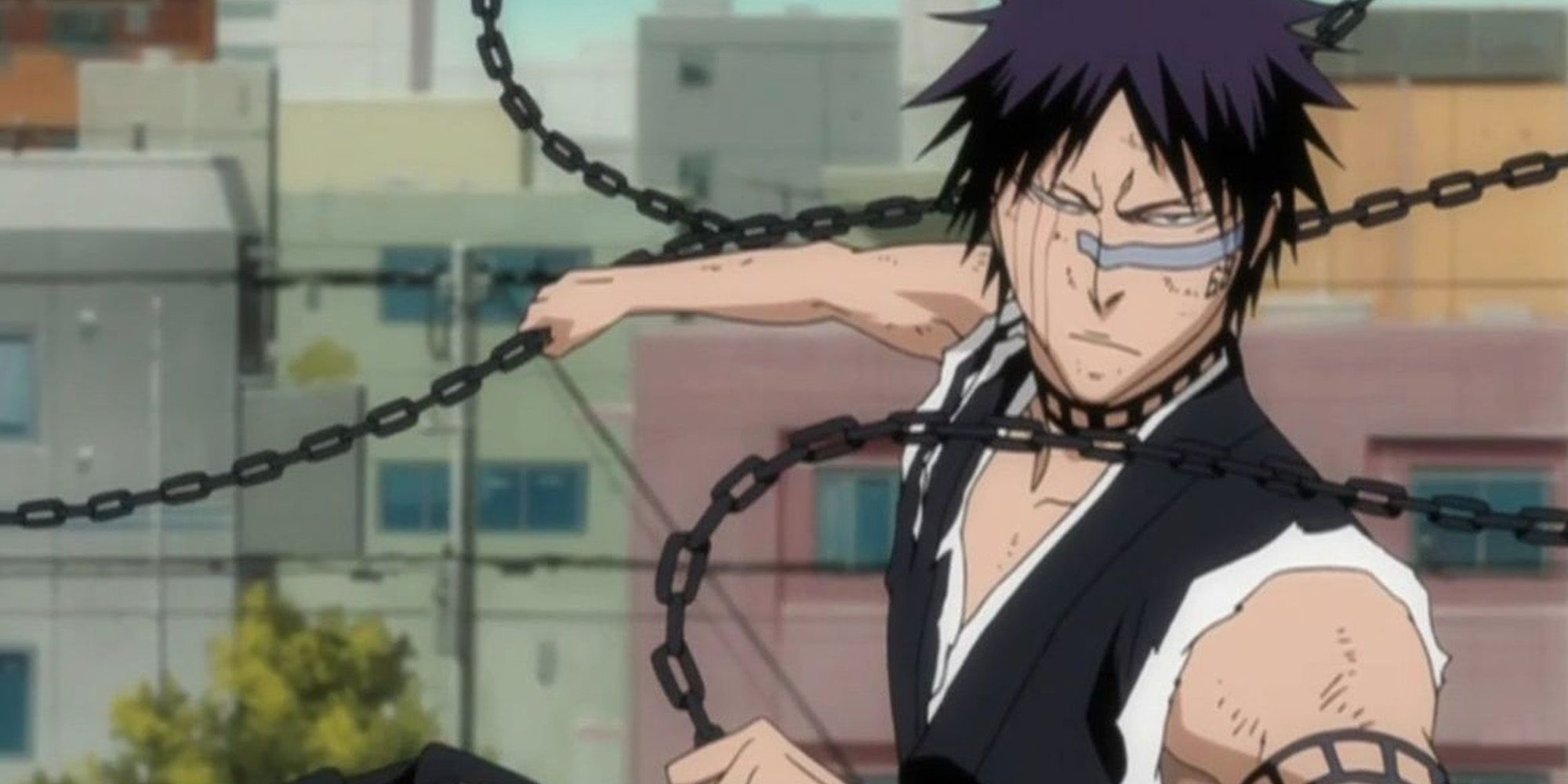
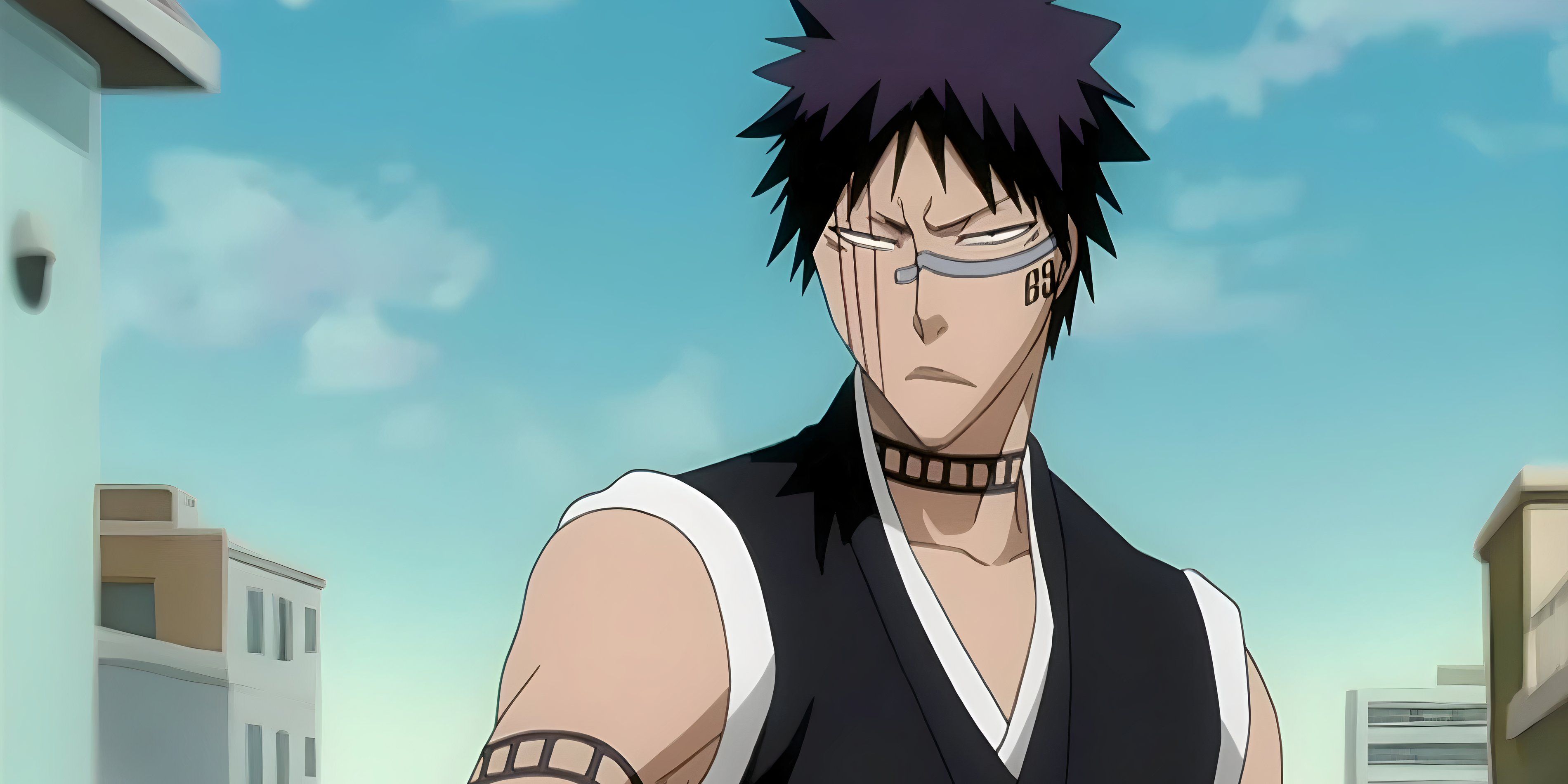
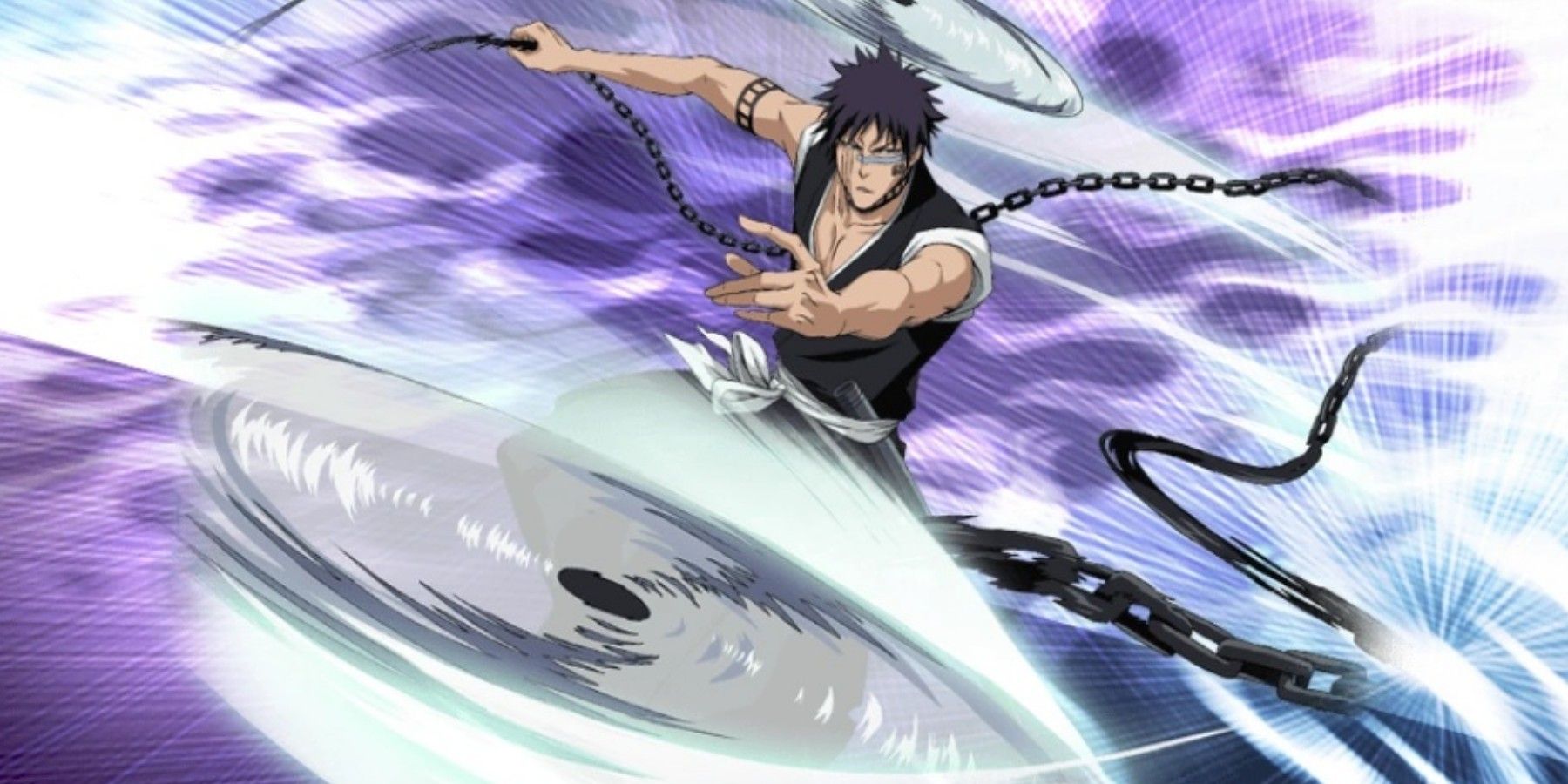
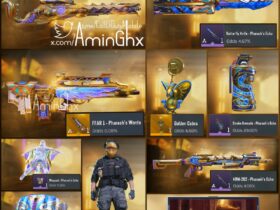




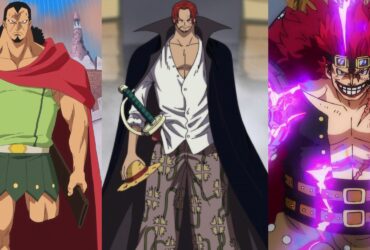

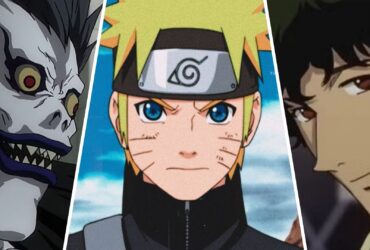
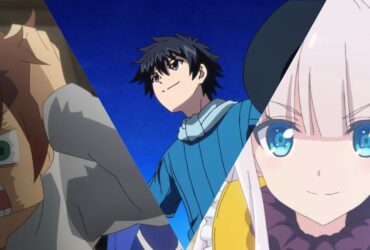
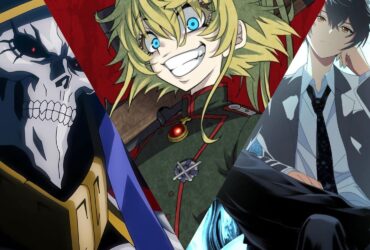
Leave a Reply